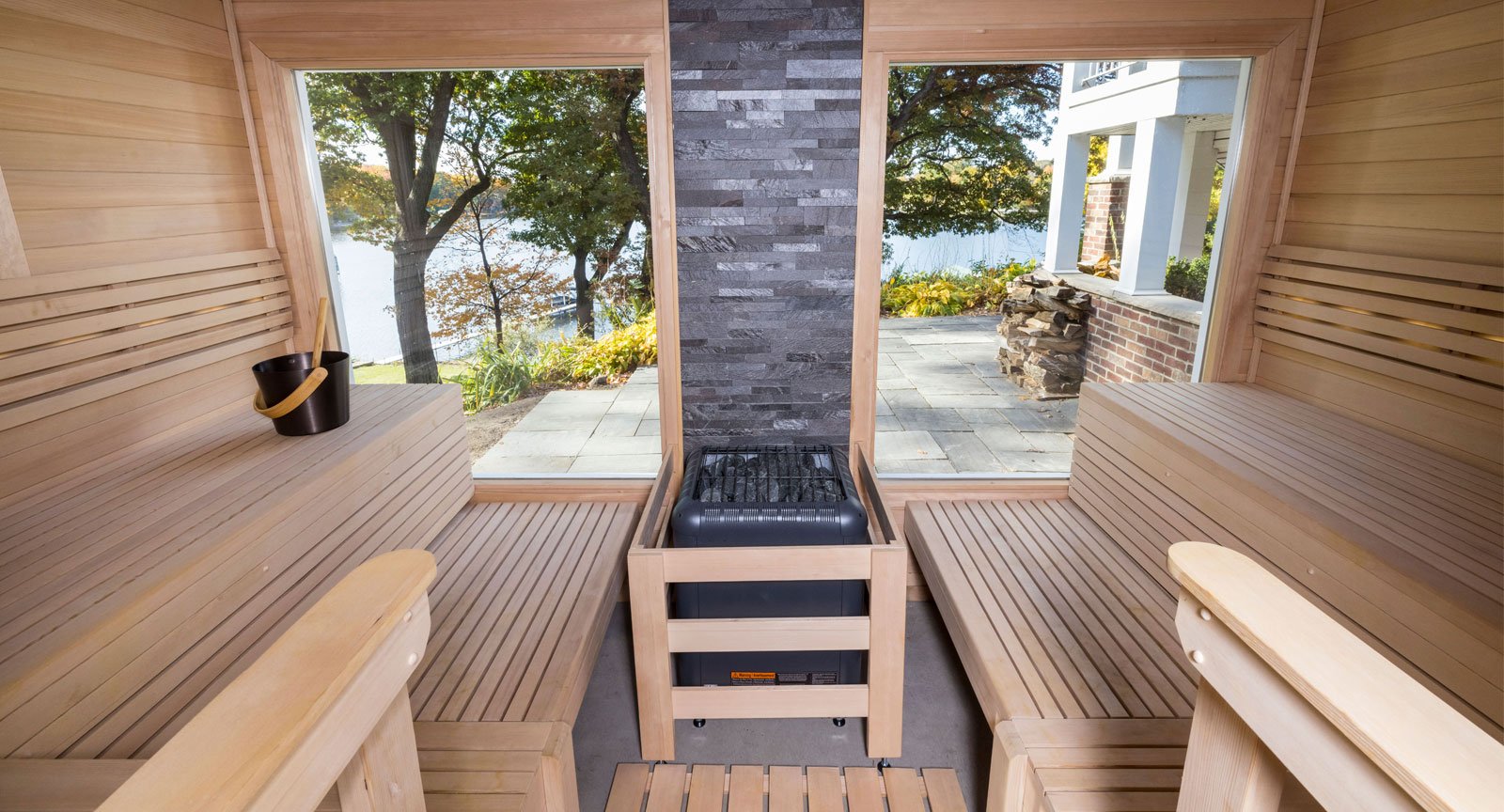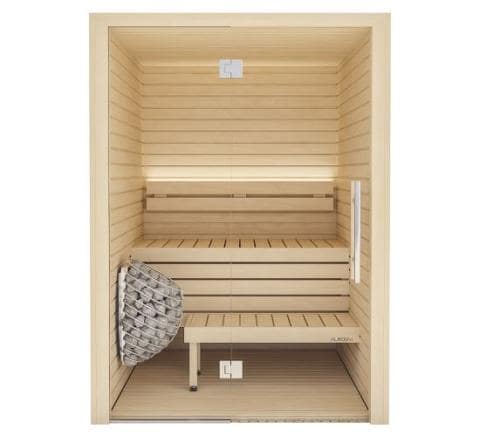What Does Traditional Sauna Mean?
Wiki Article
The Greatest Guide To Traditional Sauna
Table of ContentsThe 3-Minute Rule for Traditional SaunaGetting The Traditional Sauna To WorkAn Unbiased View of Traditional SaunaSome Ideas on Traditional Sauna You Need To Know
Many of the weight shed in a sauna is water loss and is re-gained upon rehydrating. Nonetheless, without a question sauna can be an integral part of a healthy and balanced weight reduction program. To consider the differences between traditional and IR saunas, I will certainly divide these right into proven, theoretical, and made distinctions.Therefore, the best factor in the saunawhich goes to the ceiling directly above the sauna heateris commonly in between 185 and 190 F. Traditional Sauna. Claims that a typical sauna exceeds 200 F is just not true and not relevant for electrical saunas offered in the United States. The temperature for a far-infrared sauna is typically established between 120 and 140 F; nevertheless, unlike the typical sauna, the goal in and IR room is not to accomplish a high temperature
Since of this, the temperature level difference is nearly pointless, given that excessive sweating results in both sauna kinds, but the approach of heating the body is different. In an IR sauna the bather will certainly really feel warm and will sweat a lot, yet at much reduced temperatures. Thus, if the goal is to spend longer amount of times in the sauna, the IR sauna is a great selection.

Not known Details About Traditional Sauna
When the heat is achieved, the components cycle on and off to preserve the high temperature level. The majority of typical sauna customers take pleasure in putting water over the rocks to create heavy steam to increase sauna moisture levels. The advantages of pouring water over the rocks consist of: making the space extra comfy, dampening the nasal flows, and enabling the use of aromatherapy by mixing necessary oils with the water.In a far-infrared sauna, the heat waves pass through the body to successfully heat the body and elevate the body core temperature. To achieve this enhanced temperature level, Far-infrared emitters develop infrared power which is close to the same wavelength as that which the body normally emitsoften referred to as the "Crucial Range" of 7 to 14 microns), so the energy is well gotten by the body.
When the energy goes into the body, it triggers the body temperature to boost and eventually leads to perspiration. In an infrared sauna it is necessary for the emitters/heaters to continue to be on virtually constantly. Since there is no mass of rocks to maintain warm, the sauna will cool down if the emitters closed off.
As stated above, the sauna bather in an infrared room intends to position himself before operating emitters to get optimal benefit from the heat. The heating time for both areas can be very different, relying on exactly how the spaces are used. For a traditional sauna, a bather needs to enable 30-40 mins for the space to attain a desired temperature level and to effectively pre-heat the rocks.
The 6-Minute Rule for Traditional Sauna
A well created sauna will usually attain a temperature level of 150-160 F in about 30-40 mins (Traditional Sauna). For hotter temperature levels, the space may require to heat for a longer duration. When the space attains set temperature level, the heating unit will certainly cycle on click here for more info and off, generally running concerning 50% of the moment. The insulated wall surfaces and the heated rocks will keep the space hot and at stable temperatures.To some, 15 minutes was "lost" while the infrared energy warmed the timber panels instead of warming a body, while others find a pre-heated area to be more comfy and believe a raised starting temperature is needed to begin perspiring. The size of suggested use for every area is around the very same (10-15 minutes per session); however, because of the reduced air temperatures and the ability to feel the impacts of infrared heat much faster than a standard sauna, it is not uncommon for a person to invest a total amount of 20-30 minutes in an infrared sauna.
Standard saunas have a tendency to be larger (thus make use of even more electrical energy) have a peek at this website than infrared saunas, although conventional saunas are absolutely offered in one and 2 individual dimensions. For a two-person typical sauna, 5x6 or 5x7 size is most prominent. The top bench can comfortably seat 2 or 3 individuals and is also enough time to relax throughout the sauna session.


The typical price per kWH of electricity in the U.S. is about $0.11, so a 4.5 kW heating system will certainly set you back roughly $.50 to run for one hour, if the heater runs constantly for one hour. Typically a sauna heating unit will compete 75% of the initial hour and 50% of subsequent hours on since the aspects cycle once the set temperature is accomplished.
Some Known Factual Statements About Traditional Sauna
A two person far-infrared space is normally physically smaller than a standard sauna, typically regarding 4' x 4' or smaller. The IR heater is generally 1.5-1.7 kW utilizing a 120 volt 15 amp plug-in service. Given that the room can be made use of linked here faster than a sauna space, we will certainly assume the room is made use of for to of an hour including heat up time.There is a rarely discussed difference in the social experience in between the 2 areas. While our culture has lost several of the social advantage of the traditional sauna experience, it can be very socially satisfying. From family members time in the sauna, to heart-felt conversations with significant others, to sauna partiesthe typical sauna experience can cause intimate socializing.
A lot of higher end infrared rooms consist of tinted light treatment, sound systems and full-glass fronts.
Report this wiki page